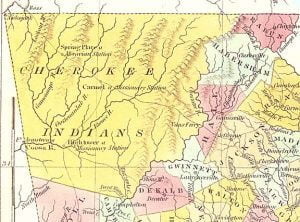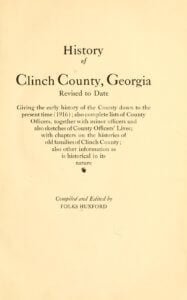Biographies of the Cherokee Indians
Whatever may be their origins in antiquity, the Cherokees are generally thought to be a Southeastern tribe, with roots in Georgia, North Carolina, and Tennessee, among other states, though many Cherokees are identified today with Oklahoma, to which they had been forcibly removed by treaty in the 1830s, or with the lands of the Eastern Band of Cherokees in western North Carolina. The largest of the so-called Five Civilized Tribes, which also included Choctaws, Chickasaws, Creeks, and Seminoles, the Cherokees were the first tribe to have a written language, and by 1820 they had even adopted a form of government … Read more



